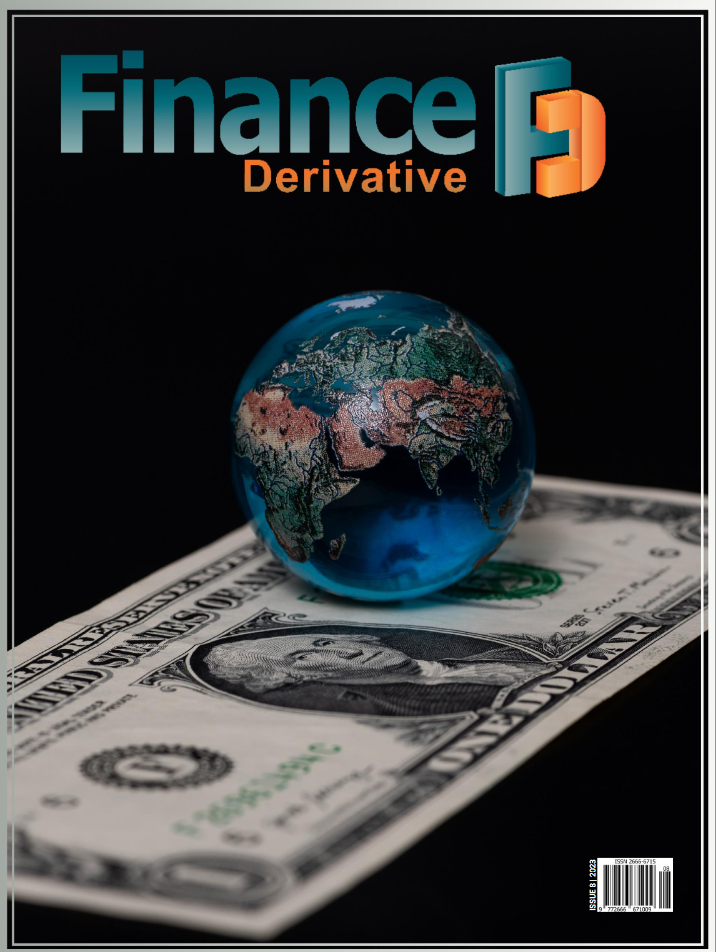The end-to-end technology transformation with Temenos will allow TS Banking Group to compose new products and services and offer outstanding digital experiences
Temenos (SIX: TEMN) today announced that TS Banking Group, an Iowa-based banking institution, has selected Temenos Banking Services delivered on the Temenos Banking Cloud for a complete front-to-back digital transformation. TS Banking Group will migrate the entirety of its banking operations to Temenos’ leading open platform for composable banking.
Headquartered in Treynor, Iowa, TS Banking Group is a multi-charter bank holding company, with $1.5 billion in banking and fiduciary assets and locations across the Midwest. This partnership will encompass three of TS Banking Group’s brands: TS Bank, The Bank of Tioga and First National Bank and Trust Company. Leading the resurgence in community banking, TS Banking Group reinvests 10% of their net income locally; hosting educational events and partnering with local organizations and nonprofits as part of its mission to IGNITE PROSPERITY®. TS Banking Group will implement Temenos’ pre-composed banking services across the three banks to increase profitability and deliver world-class banking experiences with a local touch.
Leveraging Temenos global expertise and continuous investment in R&D, TS Banking Group will create an open ecosystem by customizing banking services and integrating them with third-party fintech solutions. Temenos Banking Cloud will enable TS Banking Group to increase agility, efficiency, and scalability. The openness of the Temenos platform will enable TS Banking Group to design banking experiences geared specifically to its niche audience of farming communities.
Kevin Forristall, President, TS Banking Group, said: “We chose to partner with Temenos because we believe it is the best possible way for us to serve our employees, clients and communities into the foreseeable future. In the debate between relationship banking and digital banking, we are committed to delivering the best of both for our communities. The Temenos Banking Cloud will provide us with the agility of a challenger bank, and the investment in innovation of the larger banks, in a way we would otherwise be unable to achieve. With this open platform, we will reach new communities that are typically underserved, and provide seamless experiences and support to our local farmers, businesses, families and communities.”
Roman Bartik, President – Americas, Temenos, said: “We are delighted that TS Banking Group has selected the Temenos Banking Cloud as a foundation to support their ongoing mission to spearhead banking in rural communities. Temenos Banking Cloud is the platform of choice for banks whether they are digital-first or traditional brick and mortar banks. This signing with TS Banking Group follows strong growth and customer success in the U.S. market. Temenos’ cloud platform paves the way for banks to deliver mission-driven products and services that delight their customers, and we look forward to partnering with TS Banking Group.”


